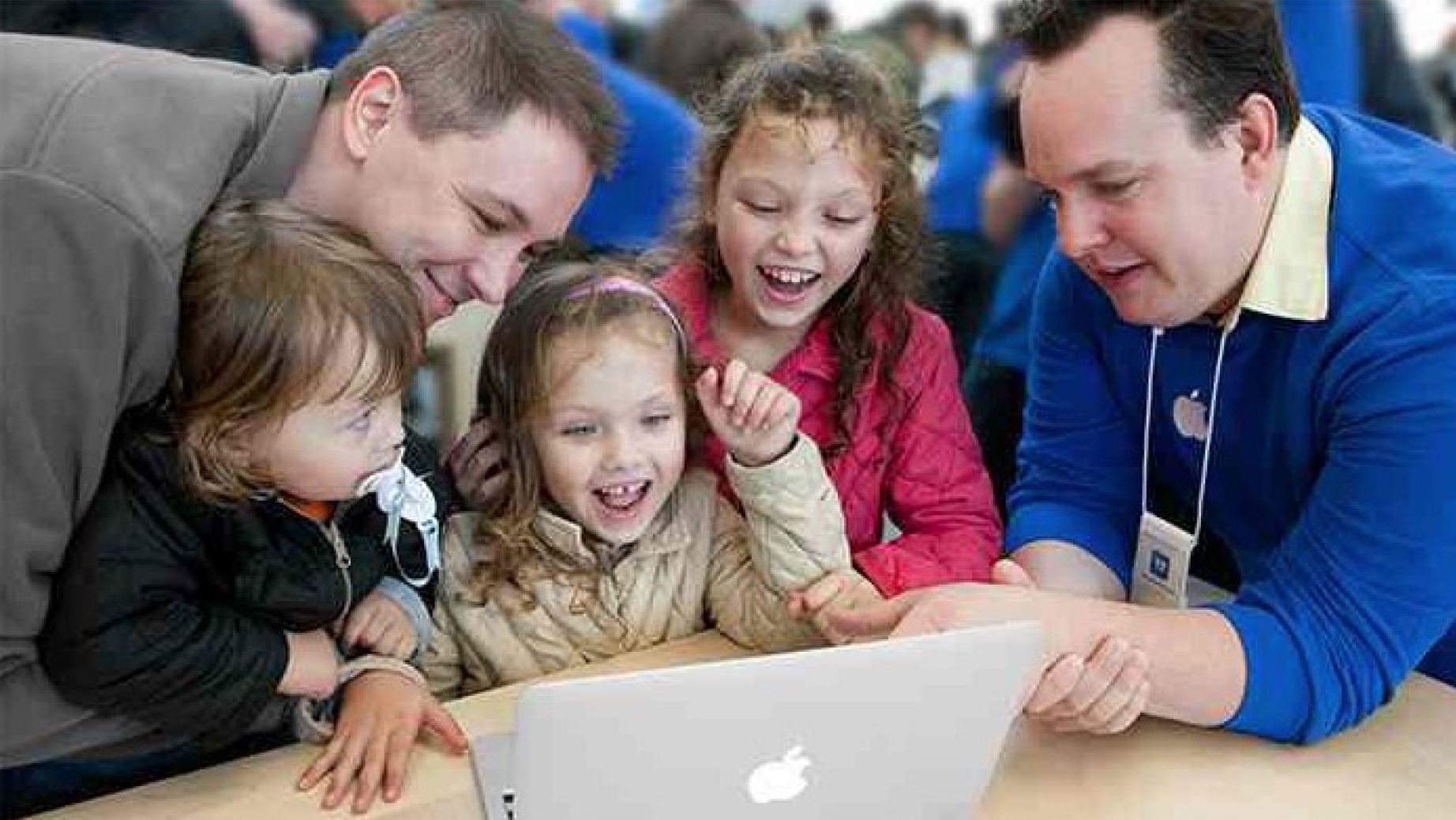 The facility story can only go so far. Yes, it can communicate values, mission and passion — but it’s still just a building. Without the human element to augment the facility story, life change is much less likely to occur. In fact, your facility story could be “weak,” and it can be propped up the human interactions.
The facility story can only go so far. Yes, it can communicate values, mission and passion — but it’s still just a building. Without the human element to augment the facility story, life change is much less likely to occur. In fact, your facility story could be “weak,” and it can be propped up the human interactions.
At the same time, the opposite can occur. Have you ever been to a killer hotel or restaurant — totally sucked in by the physical appeal and ambiance — only to be totally and utterly turned off by the way a person treated you (or didn’t treat you)?
The same applies at our churches. People can be the icing on the “story cake,” or they can totally erode all of the other efforts you’ve invested to tell your story.
There are many obvious human touch points that will impact your guests. We talked about some when we discussed the parking lot ministry and how incredibly important it is with establishing that first impression.
The greeters are the next obvious touch point. Are they warm, welcoming, engaging, not too overbearing, informative, etc.? Are they there only to hand out the “bulletin” or worship guide, or are they there to impact people? Don’t forget to write a script for this area of your ministry, just like we did for the first-time guest with kids or the parking lot team. Determine what defines a WIN for that group of ambassadors of your story. They’re not just greeters or the only people you could find to do that “job”; they’re the initial face of your story. They’re ambassadors and ministers in their own right.
Now, let’s compare the “typical” church interaction with how they do it at the Apple Store.
Many churches we work with will tell us that they want a “Welcome Center Booth” or a kids check-in counter. In most cases, they’re envisioning a counter with their volunteers and/or staff on one side and the nervous and intimidated guest on the other side. I hate this setup. This creates such an “Us vs. Them” visual barrier — and not just visual; it can taint the interaction. This kind of arrangement generally requires the guest to start the conversation instead of the host, which is completely backwards. The host should be engaging and trying to build a relationship while initiating a conversation.
Have you ever been to an Apple Store? Throughout the majority of the store, what’s missing? Counters! Most of their products are out on tables or displays with their staff (obviously attired) roaming the store. They’re engaging guests, demoing product, physically guiding people to the right location within the store, and even checking them out right on the spot. I was blown away by my first experience. Their staff was incredibly engaging. I never felt like they were annoyed, or that it “wasn’t their job” to help. They enticed me, and others, to not only engage their “toys,” but to engage with them personally.
Could you image having a group of ministry ambassadors floating around the kids’ check-in area looking for guests, cladded in colorful shirts and armed with an iPad? What if they approached a guest and, instead of telling them they have to fill out a card, sign their life away and provide their e-mail address so you can SPAM their account, the ministry volunteers pulled out their iPads and started a conversation with some leading questions that helped them complete the normal registration process. Would that be more inviting to a guest? It would for me. Not only are you obtaining the data that you need as a church, but you have now connected two people in community. That guest will feel like they know somebody, so it will be less awkward next week. The personal interaction has now reinforced the story of the built environment. Win-win.
If you enjoy a good laugh, and can also laugh at yourself, then take a few minutes to watch this YouTube video entitled “What if Starbucks Marketed Like a Church?” I hope your church doesn’t treat its guest like this.
 Tim Cool is project executive at Visioneering Studios in Charlotte, NC, and founder of Cool Solutions Group. Since 1986, Cool has served the church community in the areas of construction, facility planning and facility management. He can be reached at tcool@visioneeringstudios.com.
Tim Cool is project executive at Visioneering Studios in Charlotte, NC, and founder of Cool Solutions Group. Since 1986, Cool has served the church community in the areas of construction, facility planning and facility management. He can be reached at tcool@visioneeringstudios.com.


